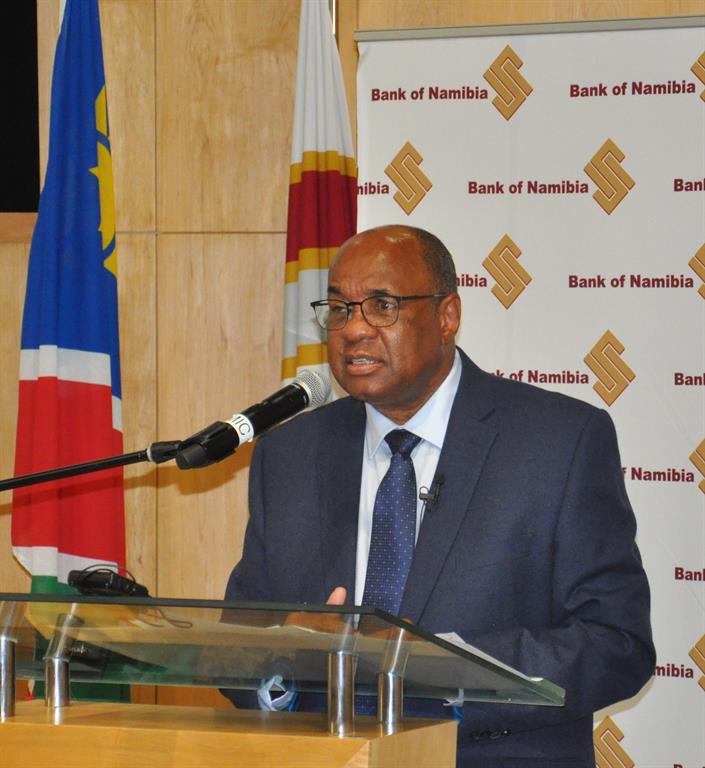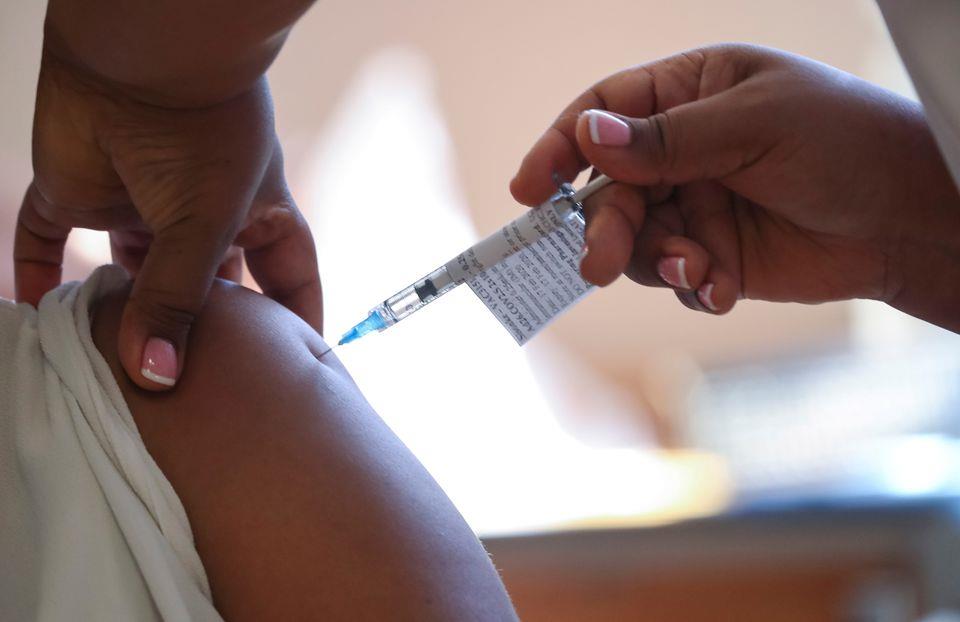!Gawaxab: Economy needs vaccines
Namibia’s economy remained weak during the first four months of 2021, according to the central bank.
PHILLEPUS UUSIKU - The successful procurement and expeditious rollout of Covid-19 vaccines in Namibia remain key to the extent and speed of the economic recovery, the governor of the Bank of Namibia (BoN), Johannes !Gawaxab, said yesterday.
Announcing that the central bank’s repo rate will remain unchanged at 3.75%, !Gawaxab said since the last meeting of the BoN’s Monetary Policy Committee (MPC) two months ago, “uncertainties and risks have increased and are likely to impact the economy negatively going forward”.
In its economic growth forecast released in February, the BoN expected Namibia’s economy to grow by 2.7% in 2021. The BoN is busy reviewing its new projections for economic growth this year and its forecast should be available by July or August, he indicated.
“The domestic economy remained weak during the first four months of 2021,” !Gawaxab said.
The slowdown in economic activity was mainly observed in the tourism, mining, agriculture, manufacturing, construction, as well as transport and storage sectors, the BoN chief said.
“On the contrary, activity in the wholesale and retail trade sector, as well as the telecommunications subsector recorded positive growth during the same period. Recent monthly indicators showed that the mining, as well as the transport and storage sectors gained some momentum,” he added.
INDICATORS
!Gawaxab pointed out that the rate of inflation mainly curved upwards in the first five months of 2021. Data released by the Namibia Statistics Agency (NSA) on Tuesday showed annual overall inflation in the country in May was 3.8%, slightly down from 3.9% the previous month, but significantly higher than the 2.1% recorded in May 2020.
According to !Gawaxab, growth in private sector credit extension (PSCE) remained subdued during the first four months of 2021.
The stock of international reserves remained sufficient to support the currency peg with the South African rand, he said.
At the end of last month, Namibia’s stock of international reserves stood at N$39 billion compared to N$34.7 billion at the end of March. “The increase in reserves was partly due to an inflow from the IMF [International Monetary Fund] in the form of a disbursement of IMF Rapid Financing Instrument (RFI) and SACU [Southern African Customs Union] receipts. At the level of N$39 billion, the international reserves were estimated to cover six months of imports,” !Gawaxab said.
Announcing that the central bank’s repo rate will remain unchanged at 3.75%, !Gawaxab said since the last meeting of the BoN’s Monetary Policy Committee (MPC) two months ago, “uncertainties and risks have increased and are likely to impact the economy negatively going forward”.
In its economic growth forecast released in February, the BoN expected Namibia’s economy to grow by 2.7% in 2021. The BoN is busy reviewing its new projections for economic growth this year and its forecast should be available by July or August, he indicated.
“The domestic economy remained weak during the first four months of 2021,” !Gawaxab said.
The slowdown in economic activity was mainly observed in the tourism, mining, agriculture, manufacturing, construction, as well as transport and storage sectors, the BoN chief said.
“On the contrary, activity in the wholesale and retail trade sector, as well as the telecommunications subsector recorded positive growth during the same period. Recent monthly indicators showed that the mining, as well as the transport and storage sectors gained some momentum,” he added.
INDICATORS
!Gawaxab pointed out that the rate of inflation mainly curved upwards in the first five months of 2021. Data released by the Namibia Statistics Agency (NSA) on Tuesday showed annual overall inflation in the country in May was 3.8%, slightly down from 3.9% the previous month, but significantly higher than the 2.1% recorded in May 2020.
According to !Gawaxab, growth in private sector credit extension (PSCE) remained subdued during the first four months of 2021.
The stock of international reserves remained sufficient to support the currency peg with the South African rand, he said.
At the end of last month, Namibia’s stock of international reserves stood at N$39 billion compared to N$34.7 billion at the end of March. “The increase in reserves was partly due to an inflow from the IMF [International Monetary Fund] in the form of a disbursement of IMF Rapid Financing Instrument (RFI) and SACU [Southern African Customs Union] receipts. At the level of N$39 billion, the international reserves were estimated to cover six months of imports,” !Gawaxab said.






Kommentar
Allgemeine Zeitung
Zu diesem Artikel wurden keine Kommentare hinterlassen